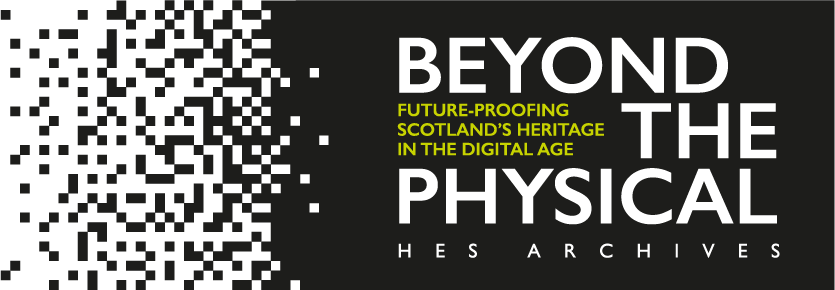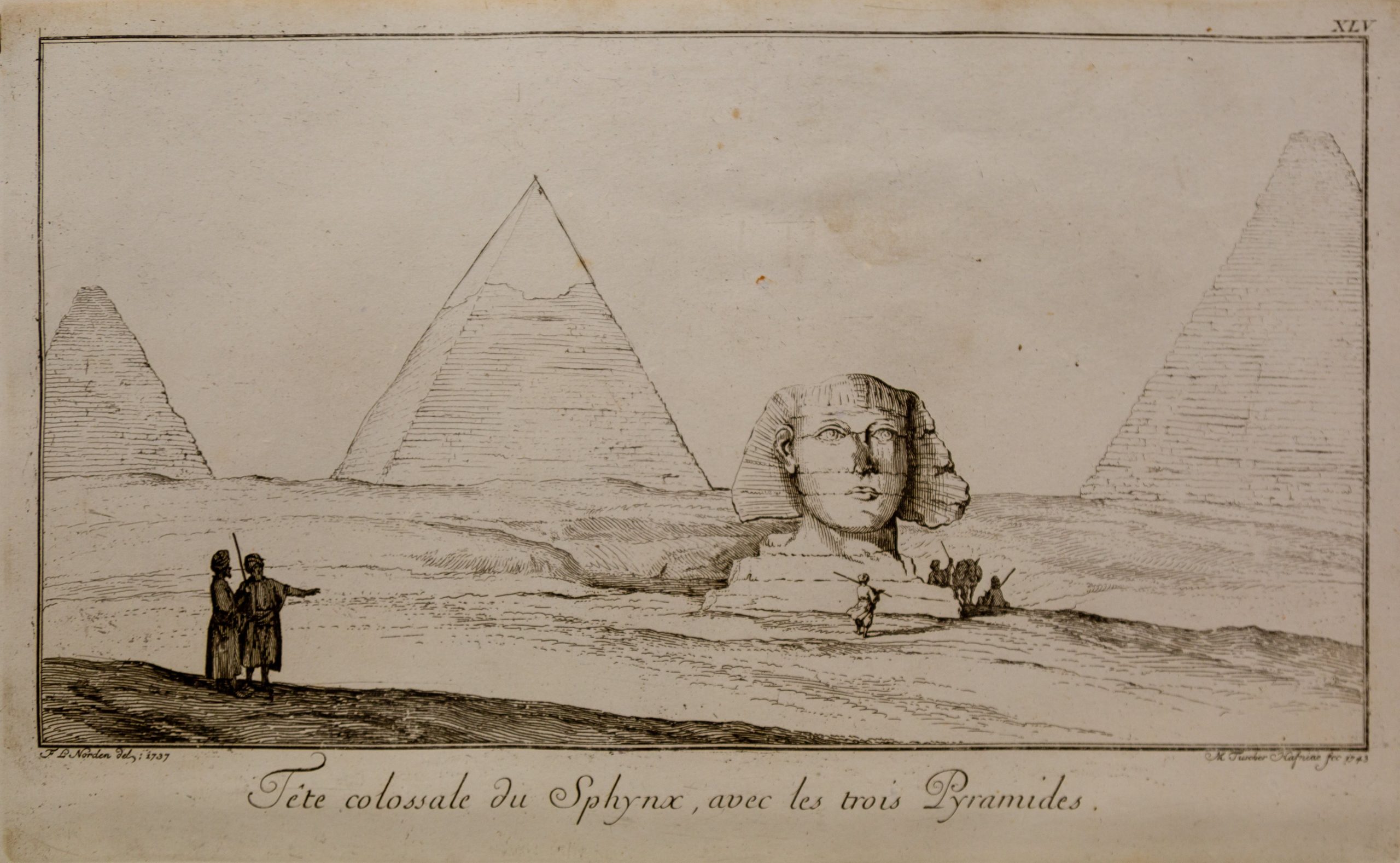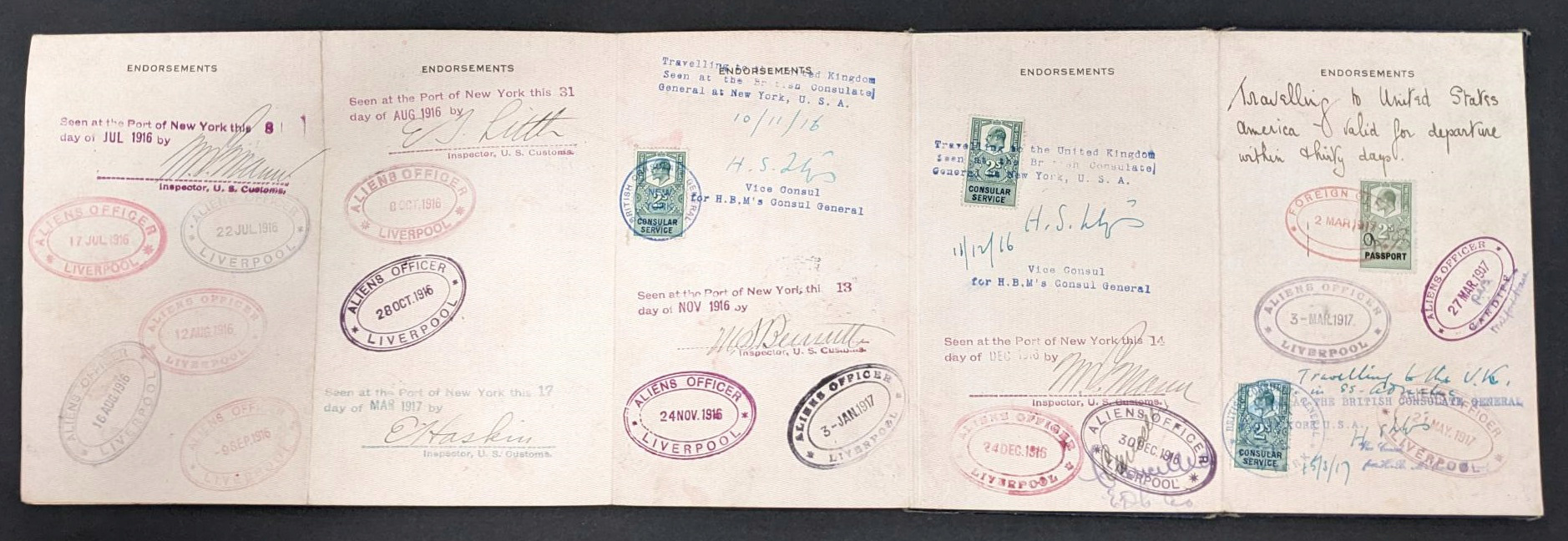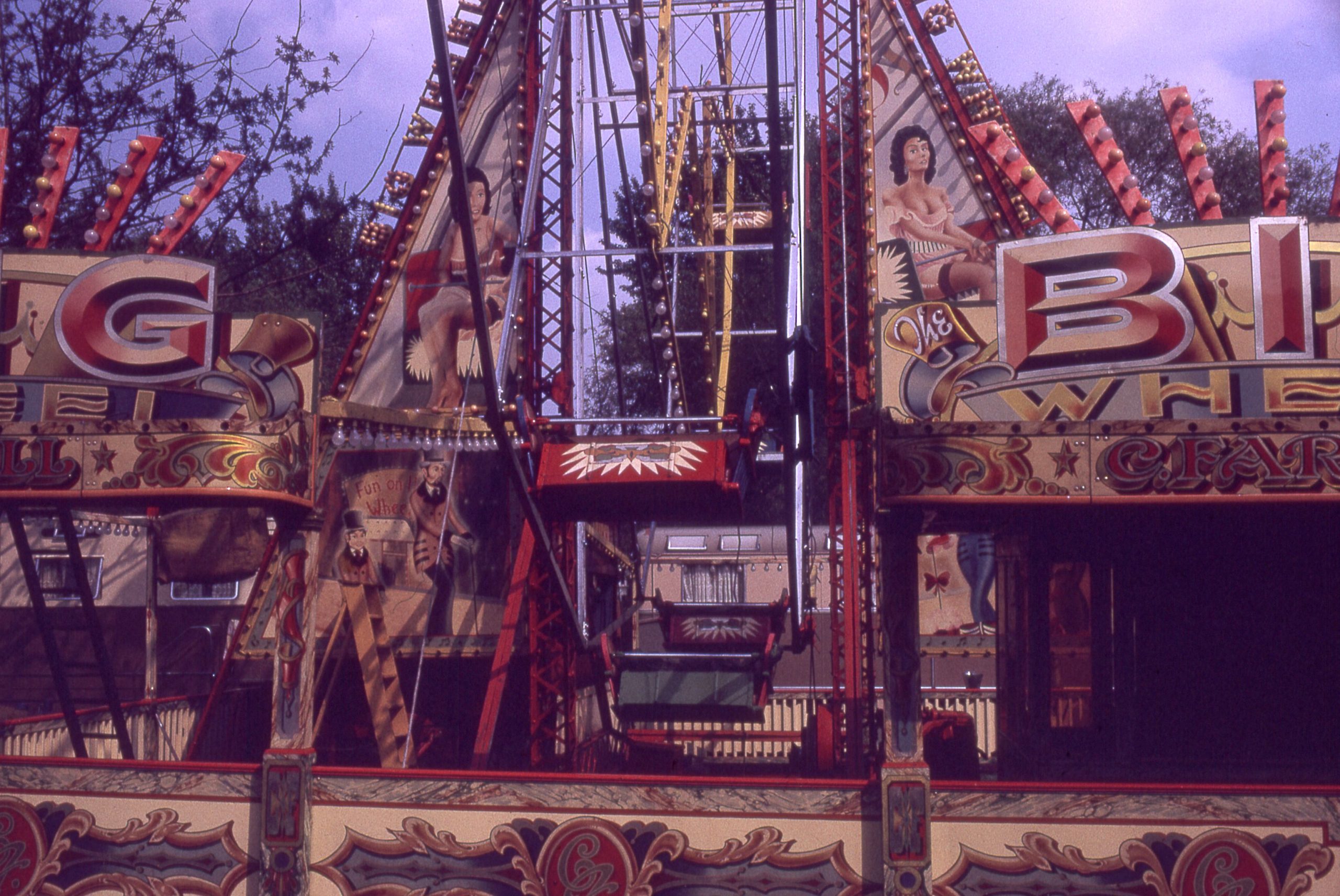For this month’s ‘In Focus’ blog Frederick Alexander from Historic Environment Scotland introduces the recently completely digital project “Beyond the Phyiscal: Future Proofing Scotland’s Heritage in the Digital Age”.

In March 2021 Historic Environment Scotland launched a virtual showcase celebrating the end of a four-year digital archives project. Beyond the Physical: Future Proofing Scotland’s Heritage in the Digital Age takes users on a photo-illustrated journey through some of the new collections we have made available on our website Canmore.
Historic Environment Scotland launched its Archives Digital Projects in 2017 with the aim of making heritage accessible for all. The goal of the project was to make 750,000 new digital records available for public access. This would be achieved through mass digitisation of the archives’ physical collections, as well as through cataloguing thousands of born-digital records relating to Scotland’s archaeological, architectural, industrial and maritime history.

Through our project we have been able to dive deeply into our archival collections, identifying unique and intriguing records in our collections. Perhaps you might remember that Edinburgh hosted the Eurovision Song Contest in 1972? The jury was housed in Edinburgh Castle, captured in this photograph from the Historic Scotland Photographic Library. This collection of over 250,000 photographs was digitized during the project, providing a fascinating record of the various organisations charged with preserving Scotland’s historic sites.
We also digitized the investigator photographs of the Scottish Development Department. This collection contains over 60,000 photographs of urban and rural Scotland throughout the 1970s and 1980s. We used metadata from handwritten record sheets to catalogue this collection. However, during the digitisation process, we identified 5,000 records with no associated metadata. In May 2020 we launched a campaign to ask the public to help us identify these images, and to date we have identified 1,600 images. Perhaps you can identify one of the images in our gallery?

Our archive has collected archaeological records since 1908. We currently hold over 1.6 million items that record excavations, surveys, and research into Scotland’s historic environment. Much of our historic collections are on physical media, such as drawings and printed reports. Yet archaeologists are currently using new technologies, such as radar and 3D modelling, to expand the understanding of our shared history. Through the project we have collaborated with industry leaders to advocate for digital preservation, ensuring that the archaeological records of today are preserved for years to come.
Historic Environment Scotland is responsible for preserving the history of Scotland’s people and places. With this responsibility our archive serves an important function in recording conservation actions. The photograph below shows staff preserving the ageing stone walls at Brodie Castle. Records such as these give us important insights, not only into our conservation work, but into the techniques used on historic sites throughout time.

In addition to our conservation work, our archive is a part of Scotland’s shared history. The digital projects team has worked to improve our digital archive processes and procedures. We have undertaken work to review intellectual property rights within our collections, as well as undertaking research to identify which file formats in our archive are at risk of corruption or obsolescence. Our project has raised awareness of the importance of digital preservation in Historic Environment Scotland, and our staff will support the work of future archaeological research projects.
Since the formation of Digital Projects, we have increased Historic Environment Scotland’s digital archive material by over 107%. In addition to this, we have improved the archive’s digital curation processes, and advocated for more awareness of digital preservation throughout Historic Environment Scotland. We are excited to launch this showcase to celebrate our work, which you can view through the Canmore website.



